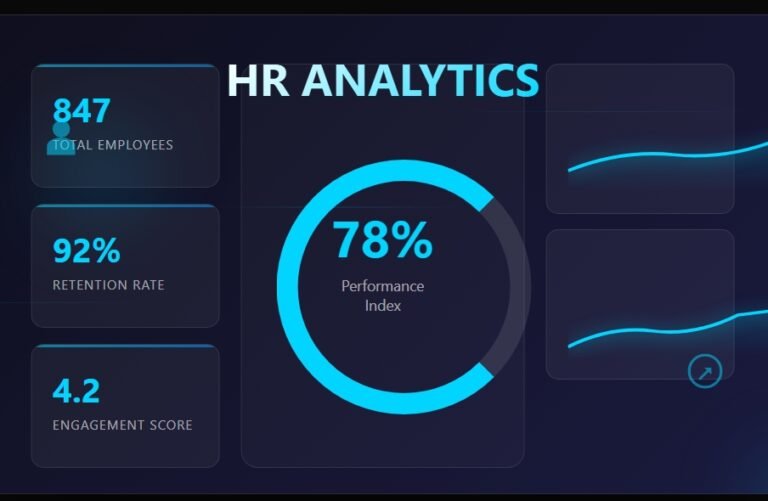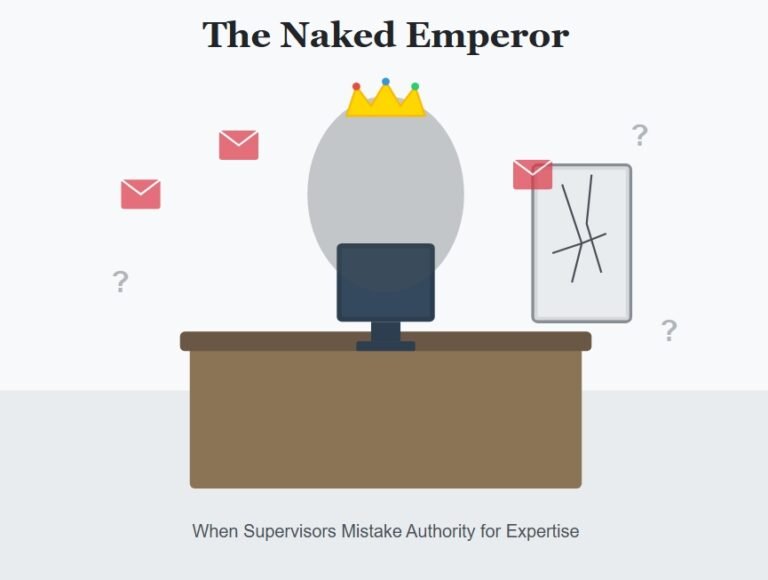Contract Negotiation Process Negotiating a contract requires identifying the subjects
to be addressed by the agreement. Then, each party prepares its preferred position on each
subject. Then the process of comparing those positions begins. Often, dollars are attached
to contract subjects. For example, the length of the work shift, the amount of overtime to
be paid, and the cost of health care benefits all can be represented by dollar values. If
the union wants greater benefits for its members, a dollar value can be assigned to that
increase. Employers argue budget restraint and use dollar values to justify their reasoning.
According to the Negotiation Board, there are eight steps in the negotiation process.
Here is a list of the process step flow in contract negotiations:
• Step 1, Prepare Do your research ahead of time so that you know your opponent
and you know what you want from the negotiation.
• Step 2, Open Let the other side know what you want and let them tell you
what they want.
• Step 3, Argue Back up your case with evidence and uncover defects in your
opponent’s argument.
• Step 4, Explore Search for common ground and agreeable outcomes.
• Step 5, Signal Show that you are ready to reach an agreement.
• Step 6, Package Put together different acceptable options for both parties.
• Step 7, Close Come to an agreement and finalize the negotiation.
• Step 8, Sustain Ensure that their side, and yours, follow through with the
negotiated agreement.
HR’s Role in Contract Negotiations In large organizations, a segment of the HR
department will be responsible for labor relations. That responsibility would include
duties associated with contract negotiations. In smaller organizations, the HR manager
may be the only person in the HR department. Then, that manager is responsible for
contract negotiations. Often, there is direct support from the legal department or
external legal counsel.
Each component of a contract agreement can be assigned a cost in dollars. Adding
all of those component costs can produce the total contract value. For example, health
benefits will cost several hundred dollars each month to cover an employee and
family members. The employer can agree to cover a percentage of that cost, with the balance
being paid by the employee. A union will ask for more employer contributions to that
formula. And, should the employer agree, the increased contribution can be assigned an
incremental cost increase value. Adding that to other cost increases, such as increased
pay schedules and overtime rates, will produce a total increase in contract costs. Each
time a new proposal is made or received, a cost analysis should be made to determine the
budgetary impact. Some costs will be perpetual, such as an increase in pay rates. Other
costs can be limited to one time only, such as special bonus payments. There are
advantages and disadvantages to costs that will be contained to one period of time (year)
versus continuing into future periods of time. Assembling this data is usually the responsibility
of the HR manager.



